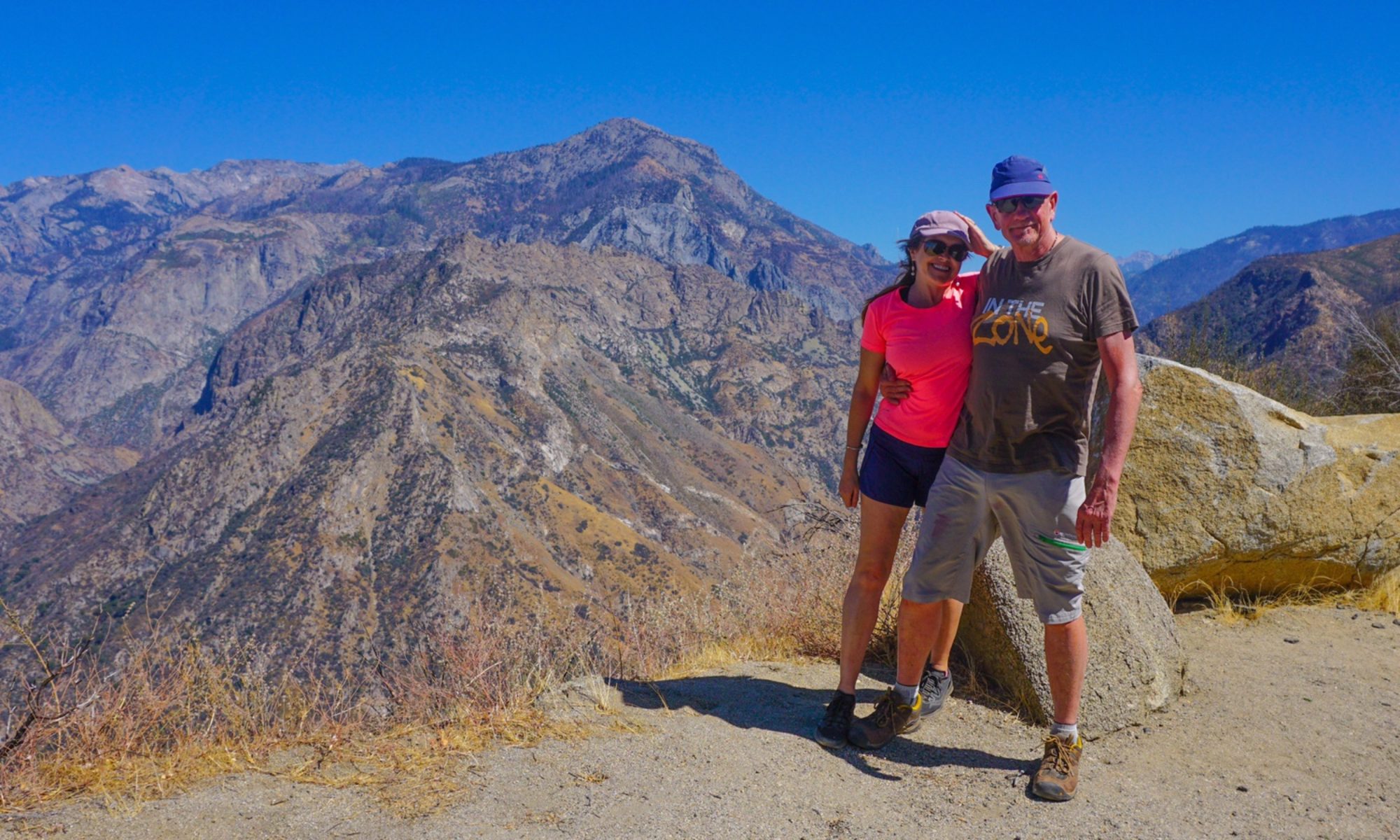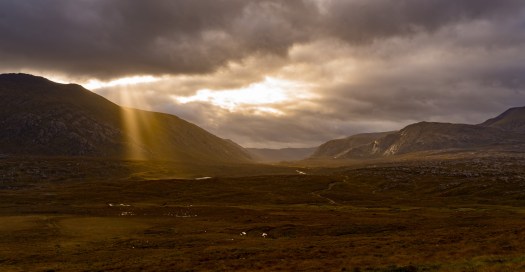Author: Mrs A
Location: Helmsdale, Dunrobin Castle (Golspie), Fortrose and Eaglesham, Scotland, UK
We woke up to an unusual phenomenon in our pub carpark – sunlight streaming through the windows. Excited, we packed up and drove down to the harbour for a look around the tiny fishing village of Helmsdale. Although sunny, it was a fresh 7°centigrade, so we still wrapped warm, but really appreciated the break in the heavy cloud and showers and the drop in the wind.




We were unsure how long the fine weather would last, the best forecast being to look out of your window and see what’s happening! So we turned south and followed the coast a short way to Dunrobin Castle, a stately home that has been continuously inhabited (and still is) for the past 700 years.

One thing we noticed immediately as we drove was the slight change in vegetation, with more shrubs and small trees along the road, something that has been absent from our views since we were on the isles of Skye and Harris/Lewis, and even there they were rare.
Apparently Scotland used to be covered in far more woodland, but over the past 300 years has experienced a lot of deforestation – so much that now only 4% of Scotland has trees. Much of the clearing was for sheep grazing, deemed fear more profitable than trees, and then there were the Victorians who bought up great swathes of the highlands to use for hunting grouse and deer – they burned the hills to discourage trees and encourage heather, far easier for hunting. And finally, there are all the grazing animals – the sheep, cattle and deer themselves, all loving to chew on a seedling tree, ensuring it will never make it to fully grown.
As we turned into the driveway at Dunrobin Castle, we saw trees galore, lined up welcoming us towards the grand house.


Mr A with his sore sprained ankle settled down with a cup of tea and a good book while I jumped out for an explore. The castle was not yet open to visitors, so I headed into the adjoining woodland, following paths and stairways through the mossy trees, enjoying the delicious autumnal aroma of decaying leaves, and the gentle rustle of the sea breeze through the beech trees.

Next I followed a path which wound steeply down past the castle, leading to the seafront. Dunrobin Castle looks out at the North Sea, eerily calm on this Saturday morning.




The castle has been amended over the centuries, with the architect of London’s Houses of Parliament amongst others who have influenced its design. It looks to me like a French Château – and would not seem out of place along the Loire Valley.
The exterior of the castle and grounds having piqued my interest, I checked Mr A was ok, before buying my ticket for an explore inside. The grand entrance hall with its roaring open fire is very welcoming.

Unlike many historical buildings and castles, this house did not feel sterile and cold, museum like. Instead it was set up to feel like a home, as though you were a guest invited to stay, admire the little trinkets and souvenirs saved over the centuries.
Walking up the stairs you first enter a hallway and then a billiards room. You can almost hear the clink of whiskey glasses being enjoyed over a game or two in the room. A little typewriter written poem framed in a corner caught my eye:
The Batchelor’s Wish
One female companion to soften my cares
Two thousand a year to support my affairs
Three dogs and a gun when to sport I incline
Four horses and chaise to indulge me and mine
Five jolly companions with whom to make merry
Six dishes each day with six glasses of sherry
Seven beds in my house for my friends at their leisure
Eight somethings or other to add to their pleasure
Nine pounds in my pocket when cash I require
These favours are all that on Earth I desire, and a
Passport to heaven when from Earth I retire.
Gentleman’s Monthly Intelligencer, 1778
I wonder what the equivalent bachelor’s wish would be in 2019? And I wonder what the somethings or other are….?
I moved on through to the dining room, set up with the family silver all ready for a fine dinner party for 10.

On next to the music room, beautiful ornate ceilings and perfectly cared for showcases full of gifts, donations and collectables from throughout the centuries.

I was tickled to spot a slipper once belonging to General Garibaldi and left behind after a visit. I can imagine some excited maid trotting up to the Duke to present this, before getting it mounted to display in a cabinet! It has to be the first slipper I have seen on display in a long while…

The attention to detail in each room is unlike anything you would see today – the coats of arms, the polished brass cats presenting the fire, the immaculately dust and soot free marble fireplaces.







In the older part of the castle we came across the Seamstress’s Room, also known as ‘the haunted room’. Nobody living today has seen or heard the ghost here, but stories go back to the 1500s. The story goes that in the 15th century the Earl of Sutherland captured and imprisoned a beautiful young woman from a rival clan, with plans to marry her. She tried to escape by climbing down a rope of sheets, but the Earl on discovering her trying to escape, swiped the sheets with his sword and she fell to her death.
In more recent times, footsteps have been frequently heard in another part of the castle, when there are no people present…so they have a ghost with no story, and a story with no ghost…



There is also a museum on site containing many collections from over the centuries, swords, more hunting trophies and other trinkets, but I felt I had left Mr A long enough, so missed it out and returned to Truffy so we could be on our way.
The landscape continued to evolve as we headed south, with our first agricultural farming for a while, all with a fabulous backdrop of cliffs and woodland.


Our destination for the night was a caravan park near the small settlement of Fortrose, on the banks of the Moray Firth, across from Inverness. Unlike Dunrobin Castle the wind was whistling across the water, making it quite fresh. We hibernated in Truffy for the afternoon while a machine did our washing.


Sunday morning was clear and sunny, and the wind had dropped off to make it a rather pleasant temperature. We decided to move on our way however, with the wet weather forecast to return.
Before we left the area we drove up to Chanonry Point, home to a lighthouse and also a favoured feeding place for seals, bottle nosed dolphins and porpoises.


As soon as we pulled up I spotted a dorsal fin, either a dolphin or porpoise, but it soon dipped under the water and didn’t reemerge. It was a seal we saw most of, as it popped its head out of the water and gave us all a good look on the shore before dipping under and chasing breakfast.

We stayed a short while to watch the seal, before heading off. As predicted, the fine weather didn’t hang around, and it wasn’t long before we were back in familiar rain. A good driving day, we decided, and another opportunity for Mark to rest his ankle.
We drove a good 320km (200 miles) to just south of Glasgow, spending our final night in Scotland for this trip on the UK’s largest wind farm, Whitelee near the village of Eaglesham. We hoped to have a peaceful night’s sleep on the carpark here, in an area well known for badgers, owls and other wildlife.





























































